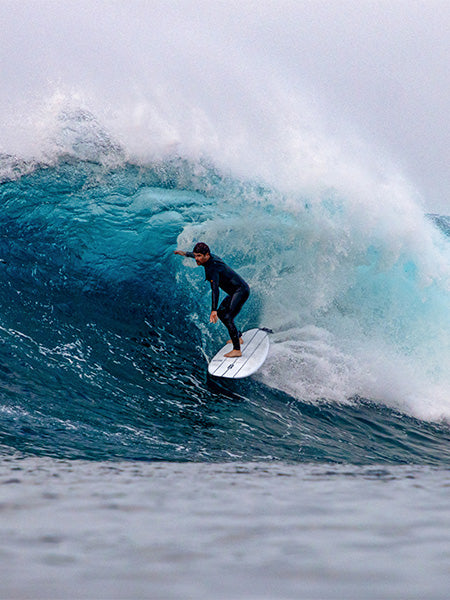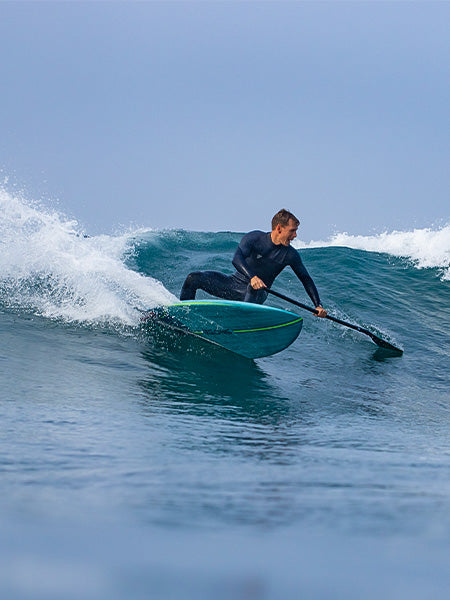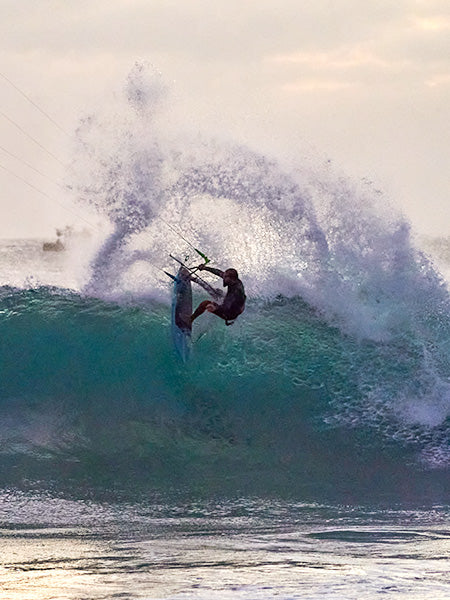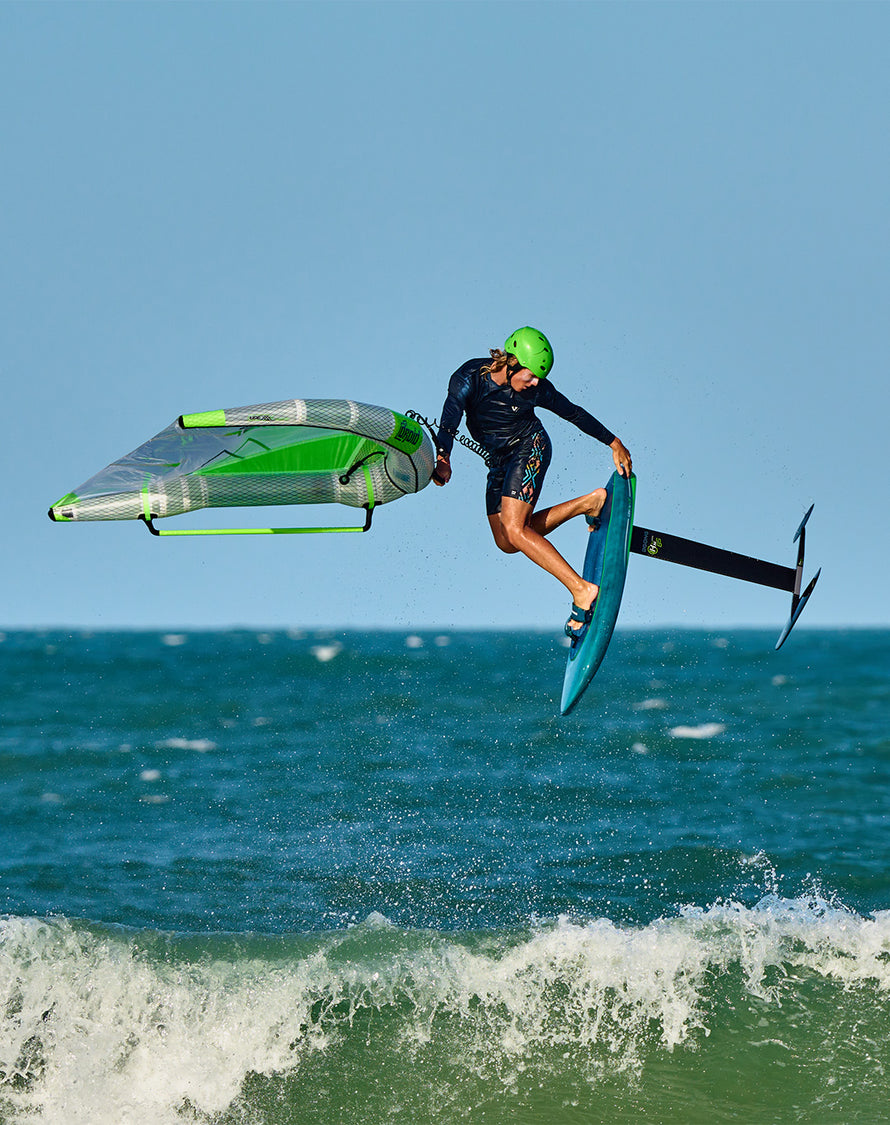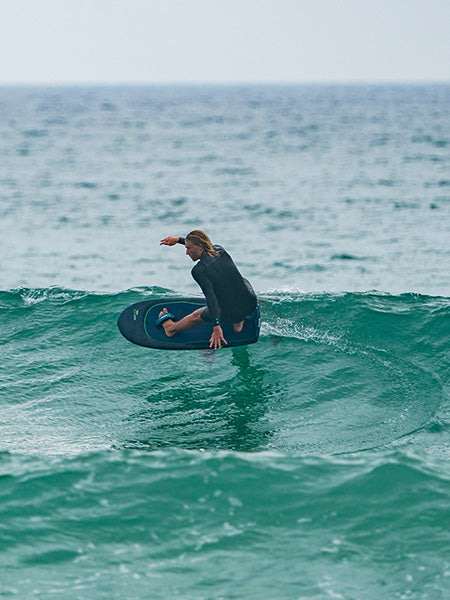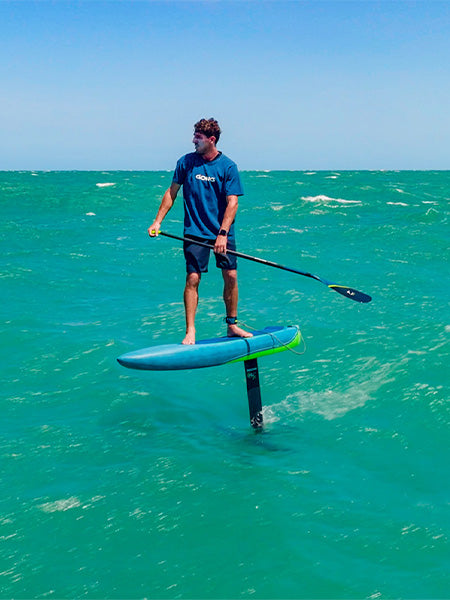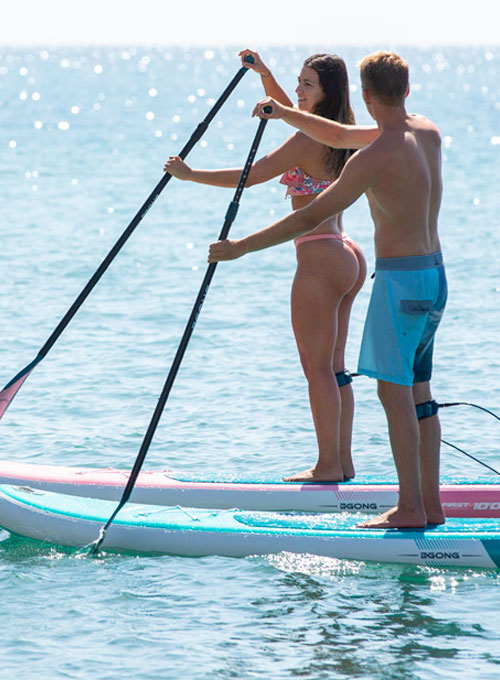Choose your kite
Back
There are many kites out there, but which one is for you? Start by determining your usage. It is the usage that will determine the weapon. You’re a beginner, take an easy kite that takes off well, and is solid.
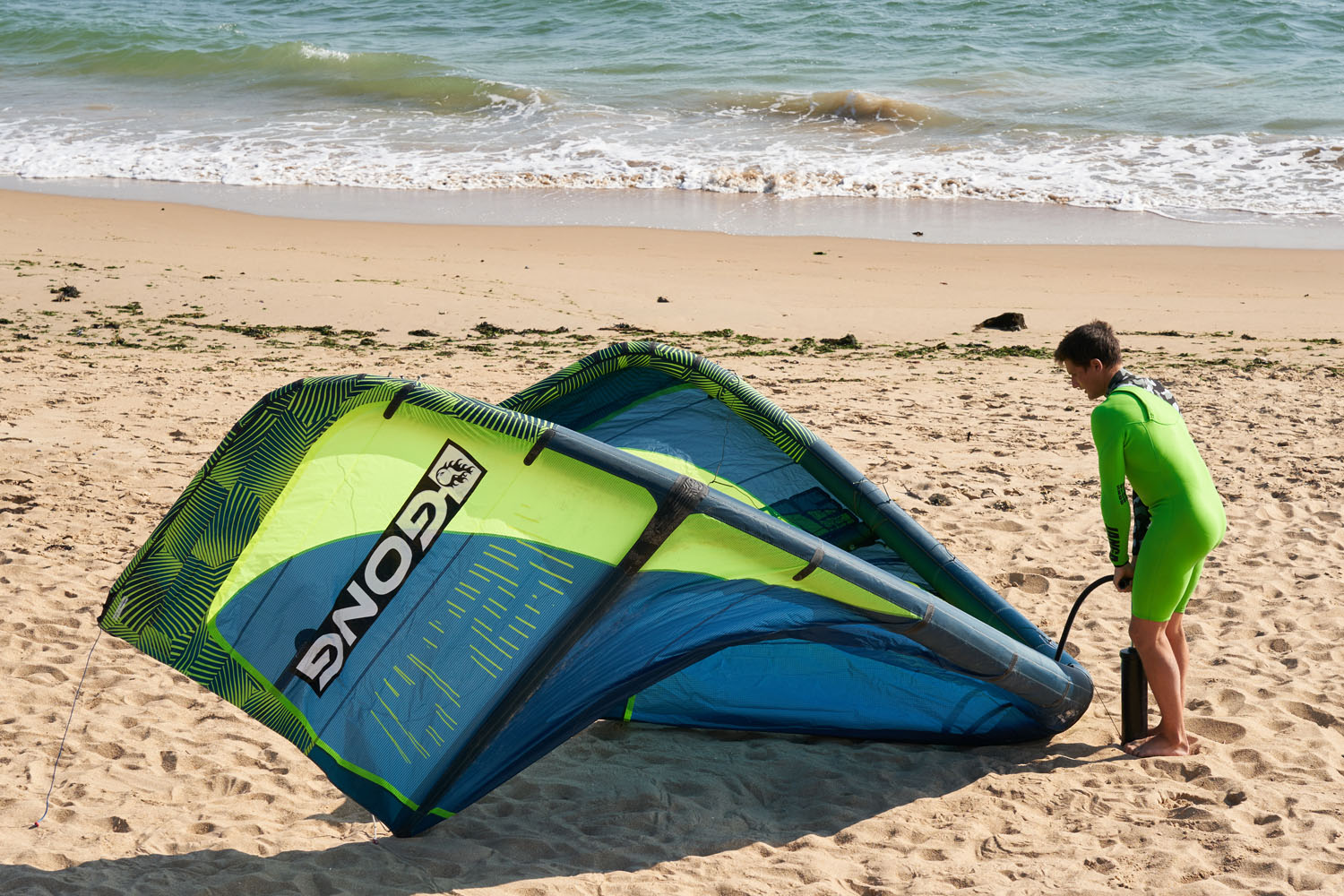
The manufacturers detail the usage well. Do not give in to the singing of sirens but if it fits your usage then it’s all good.
A Kite requires piloting, and often every designer has his own opinion. The kites of different designers often offer the same performance but often have a subtle but different feeling on the bar. We do not adjust them the same, the shapes are close but remain specific to each designer etc …
In any case, do not judge a kite before ten sessions with it, especially if it is designed by a designer you are not used to. You would probably make a judgment based on your usual feeling, unique to the designer of your usual quiver. This feeling, a mixture of responsiveness and bar precision, takes time to be integrated into your driving, but in the end you should naturally adapt to the style of the designer. Concentrate on the perfs during these first tests.
Remember
- A bulky kite is more manageable.
- A very long kite goes faster and has better upwind.
- A round kite relaunches easily.
- A kite with big tips turns better.
- A hollow kite has more torque.
- A pretty kite does not change anything, but it’s nice to look at.
To choose your kite correctly, 4 criteria come into play
- The desired performance style.
- The weight of the rider.
- The spot.
- The board.
It’s very simple, there are 4 types of kites
- The kite bow has a fairly flat profile suitable for a freeride style.
- The C-shape kite is ideal for a direct and straightforward style, and freestyle for unhooked and wakestyle.
- The kite hybrid is a mix of the two shapes mentioned above which makes it very versatile. In waves, freestyle and freeride.
- The ram air kite (to be avoided for beginners) gives a lot of lift and power. Unlike kites, the kite wing does not like contact with water.
Depending on the style of ride you have or how you want to evolve, your weight plays a huge role when choosing a kite. A person of a larger size will have to opt for a bigger kite whereas a small size will have to opt for a smaller kite when in the same conditions.
You should also consider the spot in which you want to ride when choosing your kite. If your spot is known for light winds, then you have to opt for a bigger kite. But if it is known to have strong winds then a smaller kite will be necessary.
The last thing to consider when choosing your kite is the size of your board.
If you have a wide board, you can opt for a smaller kite because it requires less power to start planing. While a smaller board (twin tip for example) will need more power, so a bigger kite is needed.
